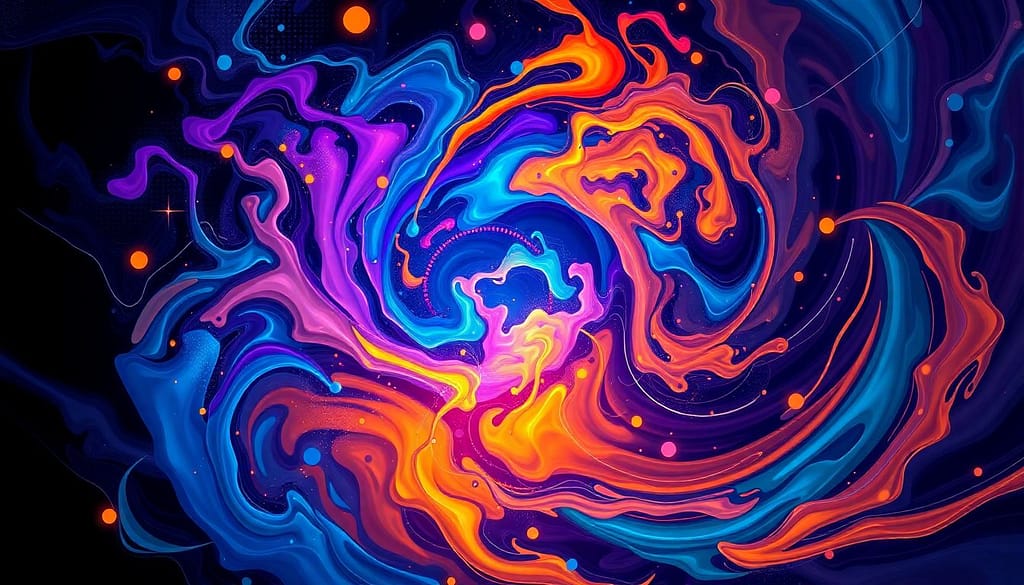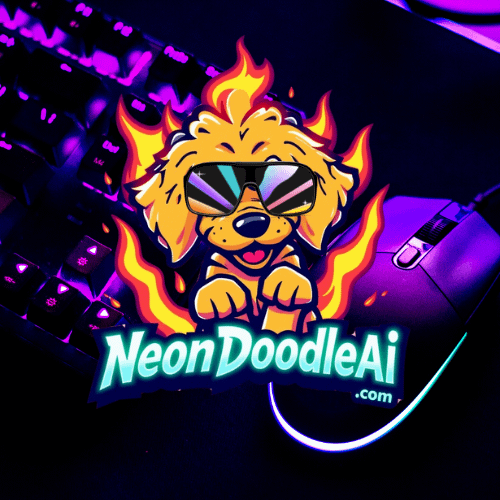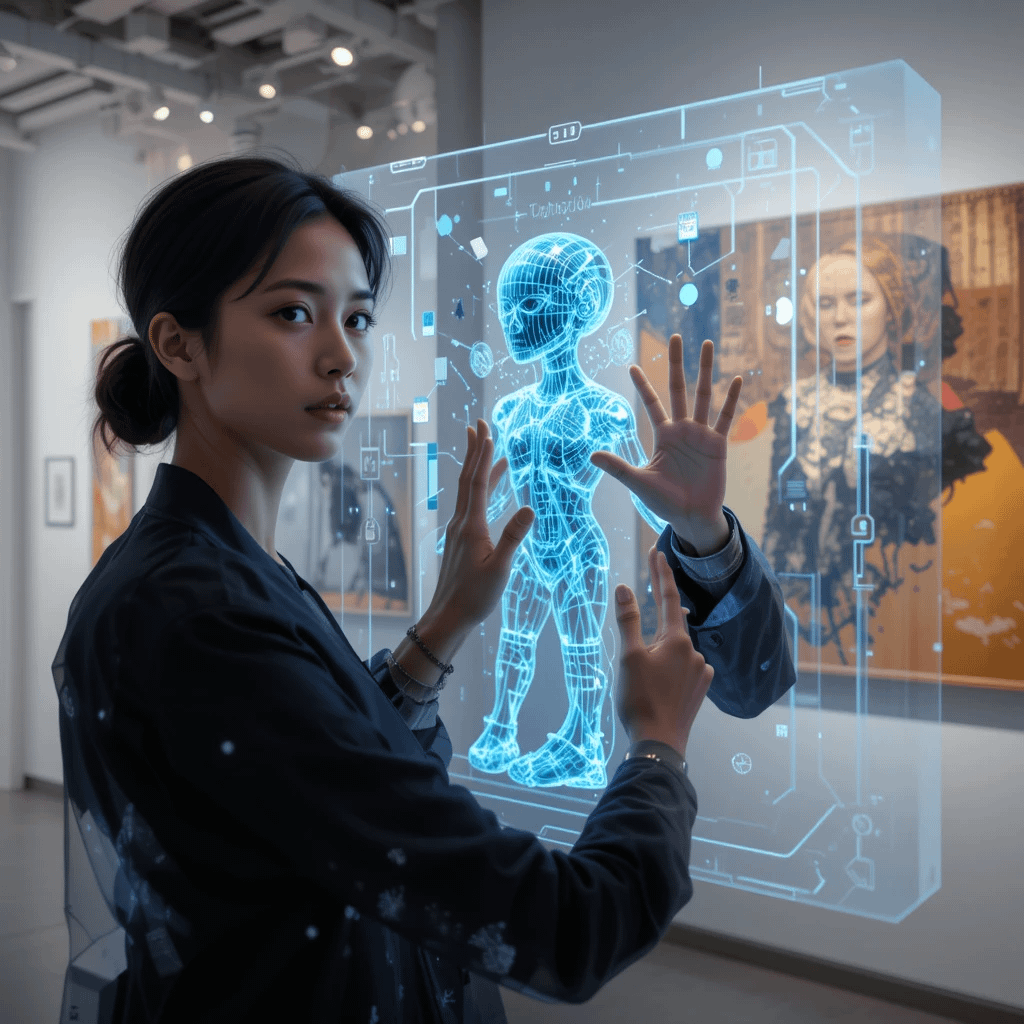The world of AI art is booming. A recent report showed that the global market for AI-generated art is expected to reach $8 billion by 2025. This growth shows a big change in how we create art. It also means artists and art lovers need to stay updated with the latest trends.
AI art is when artificial intelligence helps create or make art. Today, it’s more important than ever. We will look at the top trends in this exciting field.
Text-to-Image Generation: Beyond the Hype
Advancements in Image Resolution and Detail
AI art has improved a lot in quality. The difference in image detail from a few years ago is huge. Now, many AI art generators make images up to 8K resolution.
Tools like DALL-E and Midjourney lead the way. They create images that look like real art.
Style Control and Customization
Artists now have more control over their AI art. Platforms like Artbreeder and DeepArt let users change styles easily. For example, artists can mix Impressionism with Modernism in a few clicks.
This makes unique art that fits the artist’s vision.
Ethical Considerations and Copyright
With new AI art, there are concerns about copyright and ownership. Legal cases are raising questions about originality and rights. Many artists want clear rules, and platforms are working to address these issues.
The Rise of AI-Assisted Art Creation Tools
AI as a Collaborative Partner
AI is becoming a helpful partner for artists. Many are using AI tools in their work. For example, some illustrators use AI to sketch ideas, then refine them.
This mix of technology and traditional skills is changing art.
New Tools and Platforms
New platforms and software are coming for AI art. Tools like Runway ML and Synthetiq offer advanced features. They make it easier for artists to experiment.
Accessibility and Democratization of Art
AI art tools are making art more accessible. You don’t need years of training to create art anymore. Platforms like Canva and PaintsChainer make it easy for anyone to start.
This opens up art to more people, encouraging creativity.
AI’s Impact on Different Art Forms
AI in Digital Painting and Illustration

Digital painting and illustration are changing thanks to AI. Tools like Google’s Deep Dream make creating digital paintings easy. A study found 45% of digital artists use AI in their work.
AI in 3D Modeling and Animation
AI is also changing 3D modeling and animation. Artists use AI to make their work better and more realistic. For example, software like Runway makes animations look more real.
AI in Music and Film
AI is also affecting music and film. Tools like AIVA and Amper Music help composers. In film, AI helps with editing and visual effects.
The Evolving Role of the Human Artist
AI as a Creative Catalyst
Many artists see AI as a source of inspiration. They use AI-generated ideas to spark their creativity. One artist said, “AI opened doors to creative worlds I never thought I’d explore.”
This teamwork between humans and AI leads to new ideas.
The Importance of Human Creativity and Intuition
Technology has grown a lot, but human creativity is still key. AI can’t match our intuition and emotional depth. Artists mix their unique ideas with AI, making art that touches us deeply.
New Artistic Roles and Skills
AI art tools are changing the art world. Artists now need to learn about these tools. They must understand what they can do and what they can’t.
New jobs like AI art curators and digital art technologists are becoming important. These roles help artists use AI in their work.
The Future of AI Art: Predictions and Possibilities
Predictions for AI Art Technology
Experts say AI art will keep getting better. They expect better images, real-time work, and even feelings. As AI gets smarter, creativity will grow even more.
The Societal Impact of AI Art
AI art is changing society. As more people buy AI art, traditional art might change too. Technology and culture could create new art styles.
The Ethical Considerations of AI Art in the Future
AI art raises important questions. We need to talk about bias and misuse. Making rules for AI art is key to its future.
In conclusion, AI art is changing how we create. It’s important for artists and fans to understand these changes. The future of AI art is exciting and full of possibilities. Stay updated as art evolves in our digital world.



